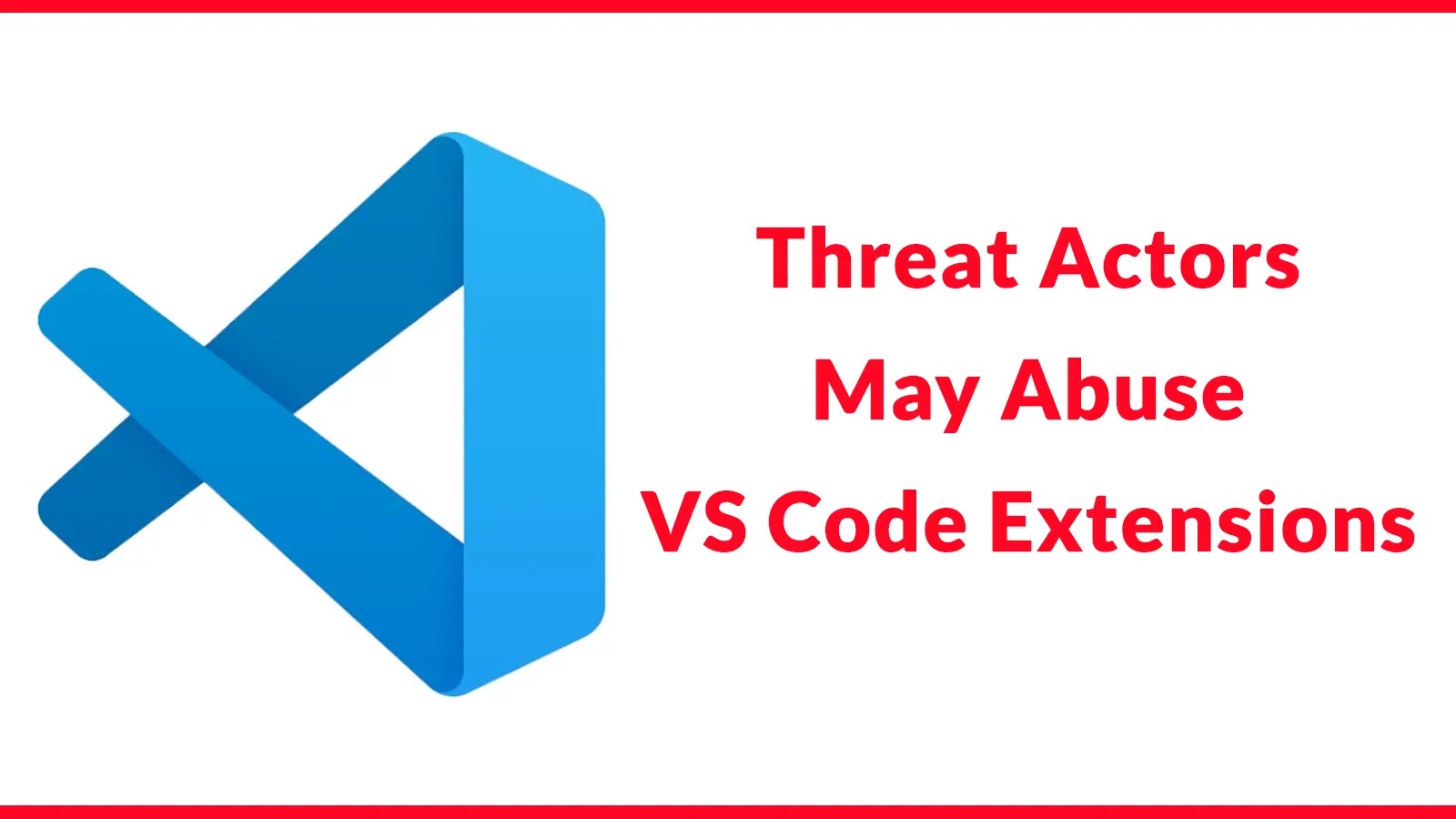
Threat Actors May Abuse VS Code Extensions to Deploy Ransomware and Use GitHub as C2 Server
In the evolving landscape of cyber threats, the sophistication of attack vectors continues to escalate. Developers, guardians of our digital infrastructure, are now finding themselves increasingly in the crosshairs, with their very tools becoming potential conduits for malicious activity. Recent intelligence points to a disquieting trend: nation-state threat actors are weaponizing trusted developer environments, and specifically, Visual Studio Code extensions, to execute sophisticated attacks, including ransomware deployment and the establishment of covert command and control (C2) infrastructure.
The Rising Threat: VS Code Extensions as Attack Vectors
The popularity and versatility of Visual Studio Code (VS Code) have made it an indispensable tool for millions of developers worldwide. Its extensive marketplace of extensions, designed to enhance productivity and functionality, is a double-edged sword. While beneficial, these extensions represent a significant trust boundary that, once breached, can grant attackers deep access to a developer’s system and, by extension, their projects and networks.
Recent discoveries suggest that threat actors are exploiting this trust. Specifically, reports indicate that nation-state groups, such as the North Korean-backed Kimsuky, are leveraging JavaScript-based malware delivered through seemingly innocuous VS Code extensions. This approach bypasses traditional perimeter defenses, as the malicious code executes within the trusted development environment.
Kimsuky’s Evolving TTPs: From Espionage to Ransomware
Kimsuky, a persistent threat group active since 2012, is primarily known for its espionage operations targeting government entities, think tanks, and defense organizations. Their evolution, however, now includes the potential for more debilitating attacks like ransomware. The group’s current strategy involves infiltrating systems using malware disguised within VS Code extensions, establishing persistent control, and then potentially deploying further payloads.
The use of GitHub as a C2 server is another critical aspect of this evolving threat. By masquerading C2 communications over legitimate platforms like GitHub, attackers can blend in with normal network traffic, making detection significantly more challenging for conventional security tools.
Understanding the Attack Chain
The typical attack chain observed with these sophisticated campaigns involves several stages:
- Initial Infection Vector: Malicious VS Code extensions are either trojanized legitimate extensions or new, seemingly useful tools distributed through unofficial channels or social engineering.
- Malware Delivery: Once installed, the extension executes JavaScript-based malware, which can perform various functions, from reconnaissance to establishing persistence.
- C2 Establishment: The malware communicates with a C2 server, often hosted on platforms like GitHub, to receive further commands, upload exfiltrated data, or download additional modules, including ransomware.
- Payload Execution: Depending on the attacker’s objective, this could involve data exfiltration, system surveillance, or the deployment of ransomware to encrypt critical files.
Remediation Actions for Developers and Organizations
Mitigating the risk of malicious VS Code extensions and similar developer-focused threats requires a multi-layered approach. Proactive measures are crucial for safeguarding development environments and organizational networks.
- Strict Extension Vetting: Only install extensions from verified publishers and scrutinize reviews and download counts. Be wary of newly published extensions with limited history.
- Least Privilege Principle: Ensure that your VS Code environment and its extensions operate with the minimum necessary permissions. Review extension permission requests carefully.
- Network Monitoring and EDR: Implement robust network monitoring to detect unusual traffic patterns, especially communications to unknown or suspicious GitHub repositories. Employ Endpoint Detection and Response (EDR) solutions to identify and alert on malicious activity at the endpoint level.
- Software Supply Chain Security: Incorporate security into the entire software development lifecycle (SDLC). This includes static and dynamic application security testing (SAST/DAST) for custom extensions and dependencies.
- Regular Security Awareness Training: Educate developers about the risks associated with third-party tools, social engineering tactics, and the importance of reporting suspicious activities.
- Backup and Recovery Strategy: Maintain frequent, air-gapped backups of critical data to enable recovery in the event of a ransomware attack.
- Keep Software Updated: Ensure VS Code and all installed extensions are kept up-to-date to patch known vulnerabilities (e.g., potential vulnerabilities like CVE-YYYY-XXXXX, replaced with relevant numbers if applicable).
Tools for Detection and Mitigation
Leveraging the right tools can significantly enhance your ability to detect and mitigate threats arising from malicious VS Code extensions.
| Tool Name | Purpose | Link |
|---|---|---|
| VS Code Marketplace | Official source for extensions; verify publisher and reputation. | https://marketplace.visualstudio.com/vscode |
| Endpoint Detection and Response (EDR) Solutions (e.g., CrowdStrike, SentinelOne) | Detect and respond to malicious activity on endpoints, including unusual process execution and C2 communication attempts. | (Vendor-specific links) |
| Network Intrusion Detection/Prevention Systems (NIDS/NIPS) | Monitor network traffic for suspicious patterns and block known malicious C2 connections. | (Vendor-specific links) |
| Static Application Security Testing (SAST) Tools | Analyze source code of custom extensions for vulnerabilities before deployment. | (Vendor-specific links) |
| Software Composition Analysis (SCA) Tools | Identify known vulnerabilities in third-party libraries and components used in extensions. | (Vendor-specific links) |
Conclusion
The targeting of development tools like VS Code extensions marks a significant escalation in the cyber threat landscape. Nation-state actors like Kimsuky are demonstrating adaptability by moving beyond traditional phishing campaigns to compromise trusted development environments. Vigilance, robust security practices, and continuous awareness are no longer optional; they are fundamental requirements for developers and organizations committed to maintaining the integrity and security of their software supply chain and sensitive data. Understanding these evolving tactics and implementing comprehensive defensive strategies is paramount to staying ahead of sophisticated adversaries.





